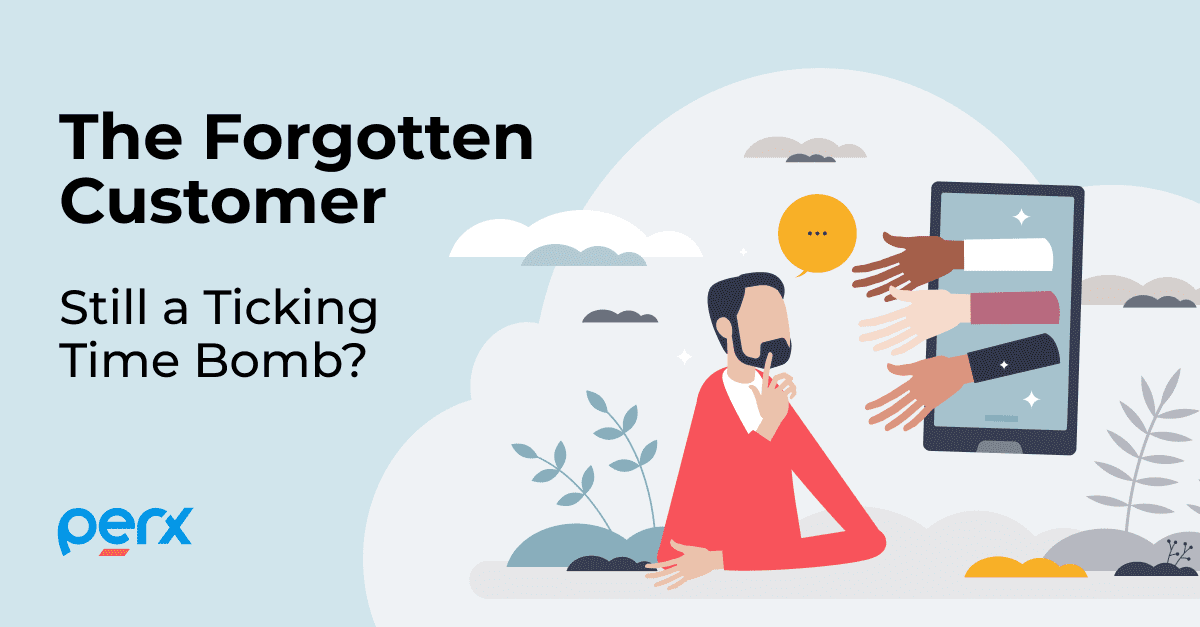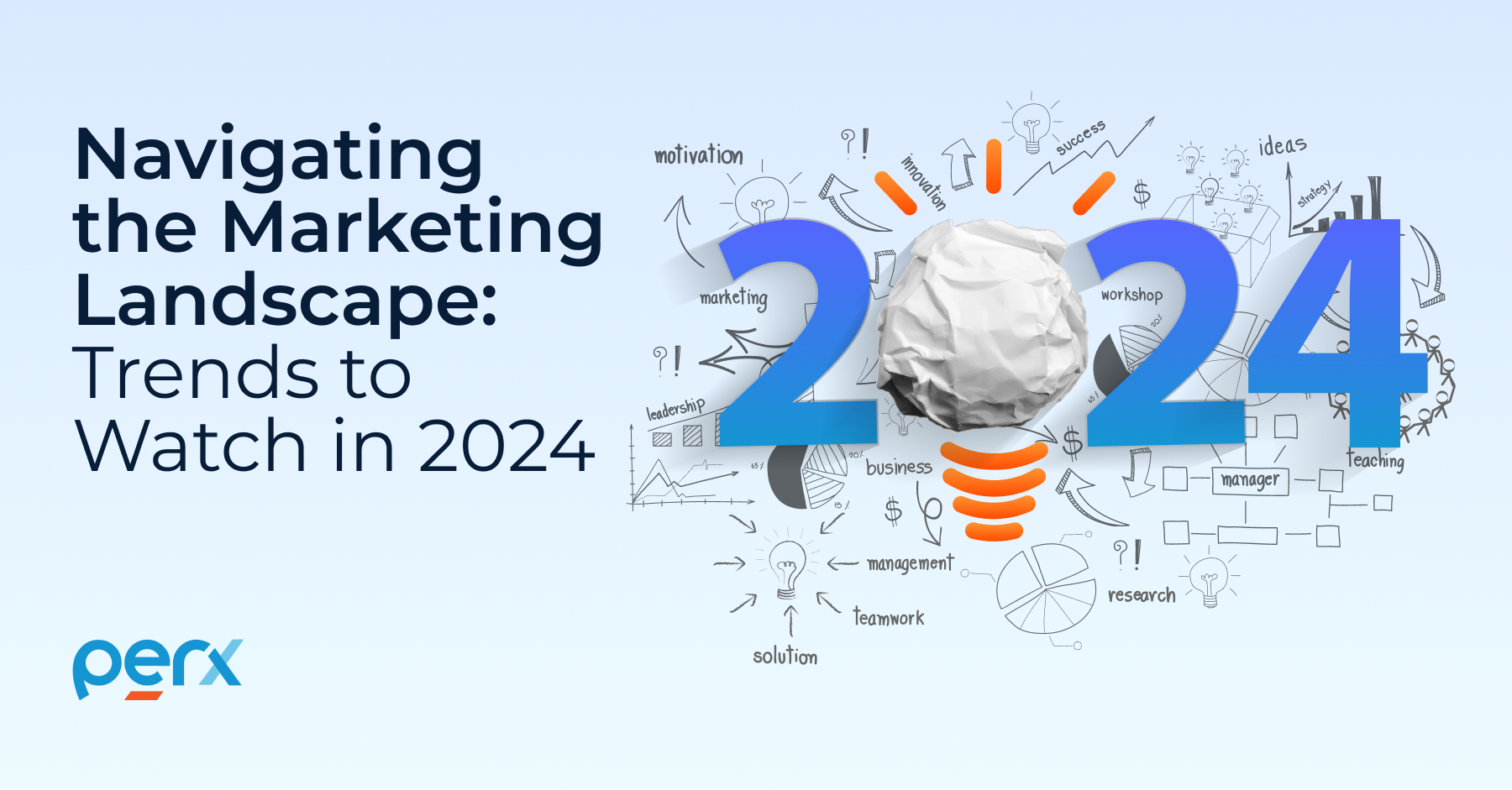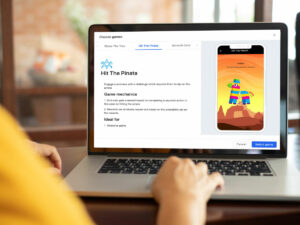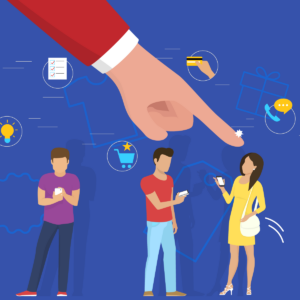Perx Achieves Exciting Milestones: 35 Million Users and 3 Billion API Calls

Perx Achieves Exciting Milestones: 35 Million Users and 3 Billion API Calls
Perx recently achieved two milestones, cementing our commitment to transforming customer engagement
Perx Technologies recently achieved two significant milestones that exemplify our dedication to transforming the customer engagement and loyalty space. With a user base of 35 million and a remarkable 3 billion API calls surpassed, Perx continues to push boundaries and redefine loyalty.
35 Million Users: Redefining Loyalty and Rewards Management
Reaching this milestone is a testament to the unwavering dedication, passion, and tireless efforts of the Perx Technologies team. Furthermore, it highlights the invaluable support and collaboration received from clients, partners, and, above all, the millions of users who have embraced our platform.
“We are beyond grateful for the trust and collaboration that has fueled our journey, and we’re inspired by the impact we’ve made together”, said Amenallah Reghimi, CPTO, Perx Technologies.
3 Billion API Calls: Empowering Advanced Customer Engagement
Perx is the world’s first loyalty platform that combines the power of science with the underpin of gamification. With our proprietary technology, we can help companies grow by targeting users when they’re most likely to engage. This milestone demonstrates our commitment to supporting clients in strengthening their customer-brand ties.
Our unparalleled campaign management tools and comprehensive understanding of behavioral science merge seamlessly to provide brands with the power to unlock extraordinary growth opportunities and excel in their customer loyalty strategy.
While celebrating these milestones, we look forward to continuing to innovate and redefine the customer engagement and loyalty space. Stay tuned for new updates brewing behind the scenes that will be unveiled soon!
Recommended for you

Blogs, Sustainability, Marketing Strategy

Sustainability, Marketing Strategy, Customer Loyalty

Customer Acquisition, First-Party Data, Instant Gratification

Blogs, Sustainability, Marketing Strategy

Sustainability, Marketing Strategy, Customer Loyalty
Ready to join them?
















































 Natanson cited success stories such as fitness and language apps that have managed to add fun, competitive, social elements to everyday.
Natanson cited success stories such as fitness and language apps that have managed to add fun, competitive, social elements to everyday. An old-fashioned earn-and-burn, points-based rewards strategy without game or similar interactive elements may lose customer interest today.
An old-fashioned earn-and-burn, points-based rewards strategy without game or similar interactive elements may lose customer interest today. A powerful
A powerful 


 Personalized Feeds
Personalized Feeds Precision Nudging
Precision Nudging




